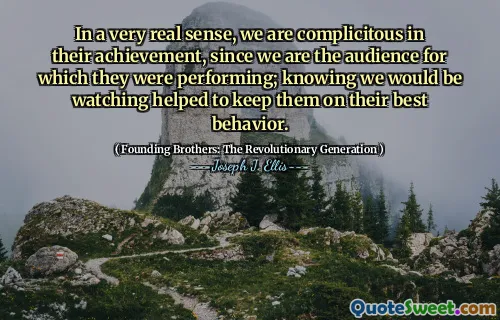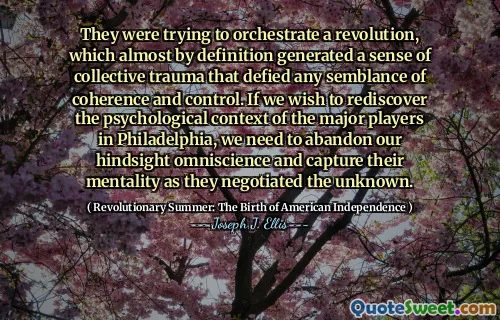
Mr. Watson - Come here - I want to see you.
Alexander Graham Bell's famous words, "Mr. Watson - Come here - I want to see you," hold a monumental place in the history of communication. This was the first intelligible sentence transmitted by the telephone, marking a turning point in human interaction. The quote captures not just the technical achievement but the broader human desire to connect across distances instantly, an aspiration that has profoundly shaped society ever since.
Reflecting on this quote, one realizes that beyond the invention itself lies a testament to human curiosity, innovation, and perseverance. Bell’s simple call to Watson transcended being a mere communication; it symbolized the breakthrough from isolation to connectivity, a bridge spanning geographical constraints. It’s a reminder of how our drive to reach out, to hear another voice from afar, has continuously pushed the boundaries of technology.
Furthermore, the quote embodies the intimate side of invention: at its heart, it was a human conversation, a call from one person to another. This emphasizes that even the most transformative inventions begin with very personal, human needs and interactions. It's incredible that such modest words marked the dawn of a technological era that eventually gave rise to our modern digital communications, rooted in the simple but profound desire to "see" or understand another person.
In essence, Bell’s words encourage us to appreciate the significance of communication in fostering connections and to recognize the impact of innovation driven by human needs and relationships.











